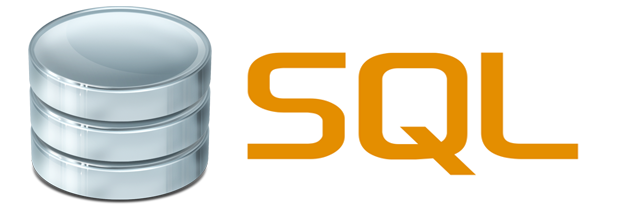Introduction to SQL

SQL (Structured Query Language) is the primary language responsible for managing data held in a relational database management system (RDBMS), or for stream processing in a relational data stream management system (
RDSMS).
Simply put, SQL is the language you use to interact with a database.
Structured Query Language, or what’s more commonly known as SQL, is a special-purpose programming language that’s used to interact with databases. It works by analyzing and understanding databases consisting of fields of data within tables.
SQL has roots dating back to the early 1970s, during which IBM engineers Donald Chamberlin and Raymond Boyce designed the initial version to the manipulate and retrieve data stored in the company’s database system. The two pioneers of SQL called their new language SEQUEL, although they were later forced to change it due to trademark issues. SQL has since become an official standard for the American National Standards Institute (ANSI) and the International Organization for Standardization (ISO).
Why it’s important to learn SQL?
#1). SQL is the most universal and common used database language.
We live in an era where data is the most valuable asset and it’s being put at heart of every decision making process. Despite of the explosion of NoSQL in the recent years, SQL is still making its way back to become the universal interface for data analysis once again.
It’s not something surprising as SQL is particularly effective at data manipulation. You can be able to see the exact data and the way it works then data testing and manipulating will be done faster. Evenmore, the data stored in a relational database is dynamic, which means it can be queried, modified, and manipulated easily with some basic SQL queries.
If you want to access databases then yes, you need to know SQL.
#2). It is not really difficult to learn SQL.
SQL is not a programming language, it’s a query language. The primary objective where SQL was created was to give the possibility to common people get interested data from database. It is also an English like language so anyone who can use English at a basic level can write SQL query easily.
The good news is that most DB engines are compatible with all SQL code. So once you learn SQL it should be similar to work across any relational databases.
#3). SQL is one of the most sought-after skills by hiring employers.
Let’s take a look at some actual numbers from the job market:
There are 149,124 developer jobs in total (at the moment I did this quick research, Aug 8).
Out of that number, there are 105,146 job listings that are either hiring SQL Developers or having SQL as a required skill.
There are 35,306 SQL Developer jobs.
SQL is among the most popular languages across web developers, desktop developers, sysadmins/DevOps, and data scientists:
#4). You can earn good money
The average salary for a SQL Developer in India is Rs 432480.
Again, let the numbers from the job market speak itself.
Or how much for a Database Admin?
#5) Data Mining
Learning SQL will allow you to mine data with greater efficiency. Using basic queries you can identify specific data at time intervals, view update events, monitor table activity, and much more. This alone should be reason enough to take the initiative and learn SQL.
#6) SQL Programmers in High Demand
You shouldn’t have a problem finding a job as an SQL programmer. According to the job posting website Indeed.com, there are more SQL programming jobs (in 2020) than any other type of programming language, including Java, JavaScript, C+, Python, C++, and PHP.
#7) Data Manipulation
SQL is particularly effective at data manipulation. Because it allows you to see the exact data and how it works, you’ll have an easier time testing and manipulating the data. Furthermore, data stored in SQL is dynamic, meaning it can me modified and manipulated at any time using some basic queries.
#8) Combine Data from Multiple Sources
Combining data from two or more sources can be time-consuming and downright daunting task. However, SQL makes the process a breeze by supporting simple “merges” in which the specified fields or entire databases are combined.
#9) Manage Large Pools of Data
Still searching for a practical way to manage large datasets? Traditional spreadsheets can be used to manage small-to-medium-sized pools of data, but you’ll need a different solution when handling excessively large records. Thankfully, this is an area in which SQL shines: whether it’s 1,000 records or 100 million, SQL is fully equipped to manage datapools of virtually all sizes.
#10) Servers and Databases
If you plan on managing servers, or creating your own server, SQL programming language will most certainly prove useful. Many servers use databases like MySQL or SQL Server to, well, store data. By familiarizing yourself with SQL and its respective queries, you can easily navigate through the otherwise confusing web of datasets.
Thanks for reading, follow your passion by finding the perfect course, just for you over on
www.csdt.co.in.